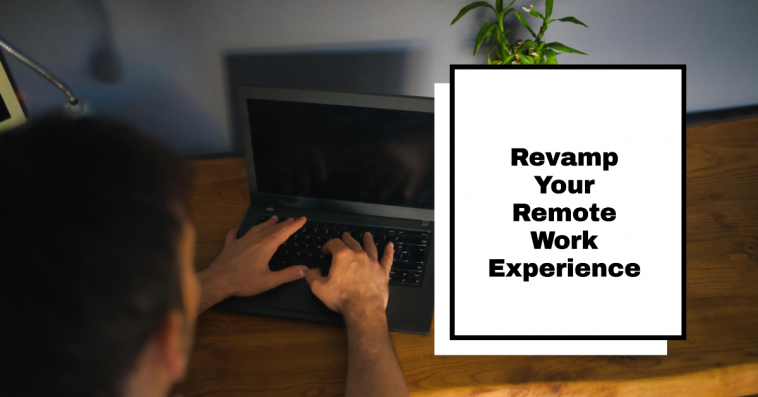The rapid expansion of digital collaboration and communication tools for today’s dispersed workforce has unintentionally burdened remote employees. The tools meant to enhance productivity and correspondence have led to information fatigue, stress, and exhaustion due to digital noise.
Information Overload: A Growing Challenge
Information Overload and its Impact on Mental Health
The prevalence of information overload is not new, especially for the young workforce accustomed to multitasking in the digital age. Remote-first companies are now grappling with mental health and productivity costs, with 77% of employees experiencing burnout.
You may want to Read: 11 Remote Job Vacancies at Microsoft That Pay $100K+
Tool Expansion vs. Tool Integration
The Double-Edged Sword of Digital Tools
The rapid expansion of digital tools has both facilitated remote work and created challenges. While essential for collaboration, these tools have led to data silos and information fragmentation. Remote teams often find themselves scattered across platforms, diverting valuable time from high-level tasks to information retrieval.
Embracing Tool Integration
To address these challenges, a shift toward tool integration is crucial. The flexibility of tool expansion comes with the downside of fragmentation, particularly for modern knowledge workers juggling an average of 11 applications daily.
You may want to Read: Remote work success: 10 essential skills for thriving in the digital workspace
Attention Residue and Productivity
The Impact of Tool Overwhelm
In today’s remote work scenario, attention residue becomes a significant productivity concern. Switching between meetings, checking emails, and responding to notifications leaves a focus lag, hindering peak productivity. A digital workspace filled with distractions traps workers in cycles of information overload, contributing to company-wide burnout.
Remote Work and Mental Health
Blurring Boundaries and High-Stress Mindset
The cognitive strain of navigating macro to micro-tasks affects remote workers. The work-from-home setup blurs personal and professional boundaries, intensifying stress on and off the clock. Psychologist Gloria Mark emphasizes the need for strategic task planning aligned with natural circadian rhythms for sustained focus.
You may want to Read: A Guide to Mental Health for Tech Freelancers
Reimagining the Employee Experience
Information overload requires a complete reimagining of the employee experience. Remote jobs offer freedom, but the daily deluge of digital information dampens inspiration. A centralized, navigable company infrastructure that reinforces mission, brand, and culture is essential. Communication and collaboration tools must be reevaluated to mitigate digital noise, fostering engagement and personalization.
Restructuring the Employee Experience
Prioritizing Employee Well-Being
The dichotomy between the employee experience and psychological well-being must be addressed. A centralized company platform optimizes onboarding, reinforces culture, and facilitates peer-to-peer interaction with clear boundaries. Opt-out features, surveys, and mental health resources contribute to tailoring the remote space to diverse teams.
Conclusion
Despite remote work becoming more prevalent, the challenges of workplace knowledge sharing and storage persist. Acknowledging setbacks and candidly addressing the remote work experience allows companies to spearhead productivity solutions, fostering a future of work where connectivity doesn’t come at the cost of running on empty.




